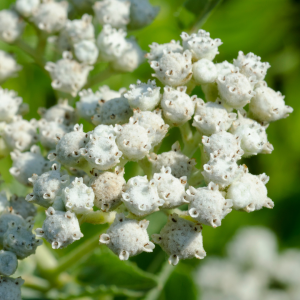
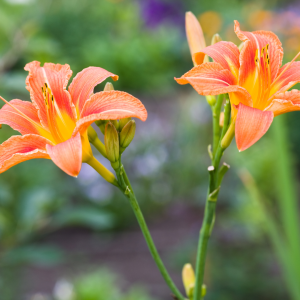
Daylilies
Daylilies (Hemerocallis species and hybrids) are one of the easiest, most satisfying, and most colorful perennials. Our large collection in the Baker Perennial Garden would not be possible without the support we have received from the Tidewater Daylily Society.
Located – Baker Perennial Garden
Common Rose Mallow
This plant (Hibiscus moscheutos) is North America’s most widely distributed hibiscus, native from Canada to Florida and west to Texas and New Mexico. It has beautiful white (sometimes pink) flowers with crimson eyes that easily bloom in high summer. They like full sun in moist soil, and thrive in wet areas.
Located – Frog Bog (WOW)
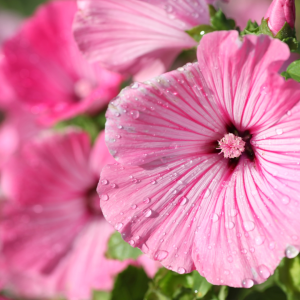
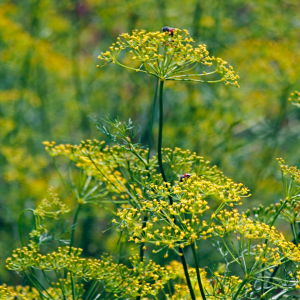
Fennel
Roman soldiers were especially fond of fennel (Foeniculum vulgare) thinking it gave them strength, improved eyesight, had other healing properties, and it was also used as a symbol of victory. It seemed to have followed them all over Europe remaining long after their conquests were only subjects for history books. When Europeans settled North America, fennel was brought with them as well, and in some parts of the continent, fennel has escaped cultivation becoming a potentially invasive species, including here in Coastal Virginia. However, the butterflies love it, and you can see large stands of it in our Butterfly Garden, where our horticulturists keep a close eye on it, lest it march all over the garden.
Located – Butterfly Garden
Hops
Beer wouldn’t be beer without the distinct flavor of hops (Humulus lupulus). Our plants are currently fully budded and growing on teepee-like structures. Later they will be harvested and a local brewer will craft a beer from them.
Located – Grain and Hops Garden
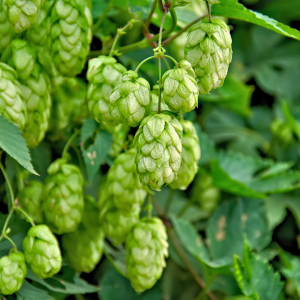
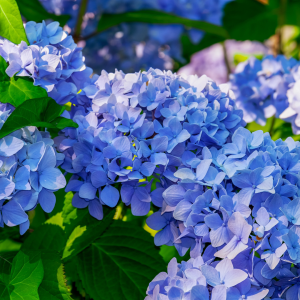
Hydrangeas
June to early July is peak bloom here for most Hydrangea species, and our Kaufaman Hydrangea Garden has many different varieties. Right now, the big leaf hydrangeas (Hydrangea macrophylla) are the showiest and the most colorful, but the beautiful white blooms of the panicle hydrangea (H. paniculata) have also started to show themselves.
Located – Kaufman Hydrangea Garden
Wild Quinine
This native perennial (Parthenium integrifolium) is covered in clusters of white flowers right now, and will bloom for about 2 months attracting a who’s who of pollinators. It has a deep tap root, making it a good plant for tough areas in full sun with well drained to dry soil. Quinine typically comes from the bark of the cinchona tree and was important in the early 1900’s as a treatment for malaria. During World War I the supply of cinchona was disrupted. Since Parthenium integrifolium also contains quinine, it was used as a substitute, hence the common name.
Located – Pollinator Garden
